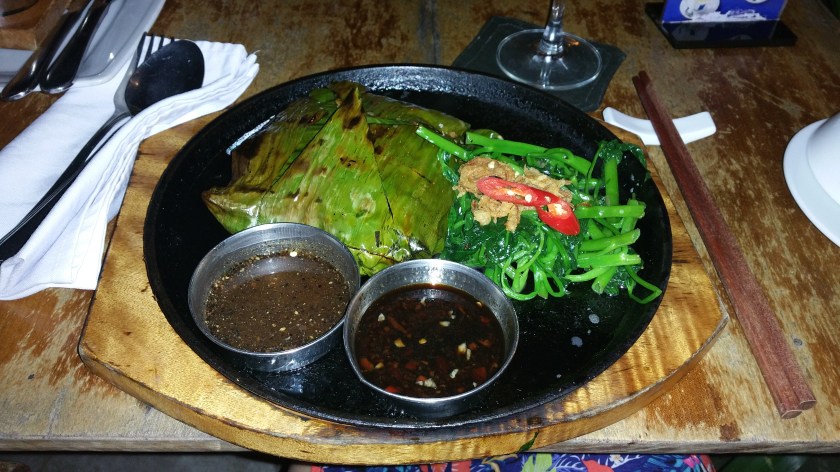РУССКОЯЗЫЧНАЯ ВЕРСИЯ ПО ЭТОЙ ССЫЛКЕ. CLICK HERE FOR RUSSIAN VERSION.
9 June 2017
The day has been very intense, but, to be honest, with the occasional feeling that everyone wants money from you. In Ho Chi Minh City this feeling wasn’t there and we even got the impression that Vietnam is a country not yet spoiled by tourism, because this industry is still developing here. But the further you move to more tourist places, the more this impression is dissipated.
I’ll come back to that, but first things first. In the morning, we checked out of our hotel in Hue and headed to see the imperial tombs nearby.
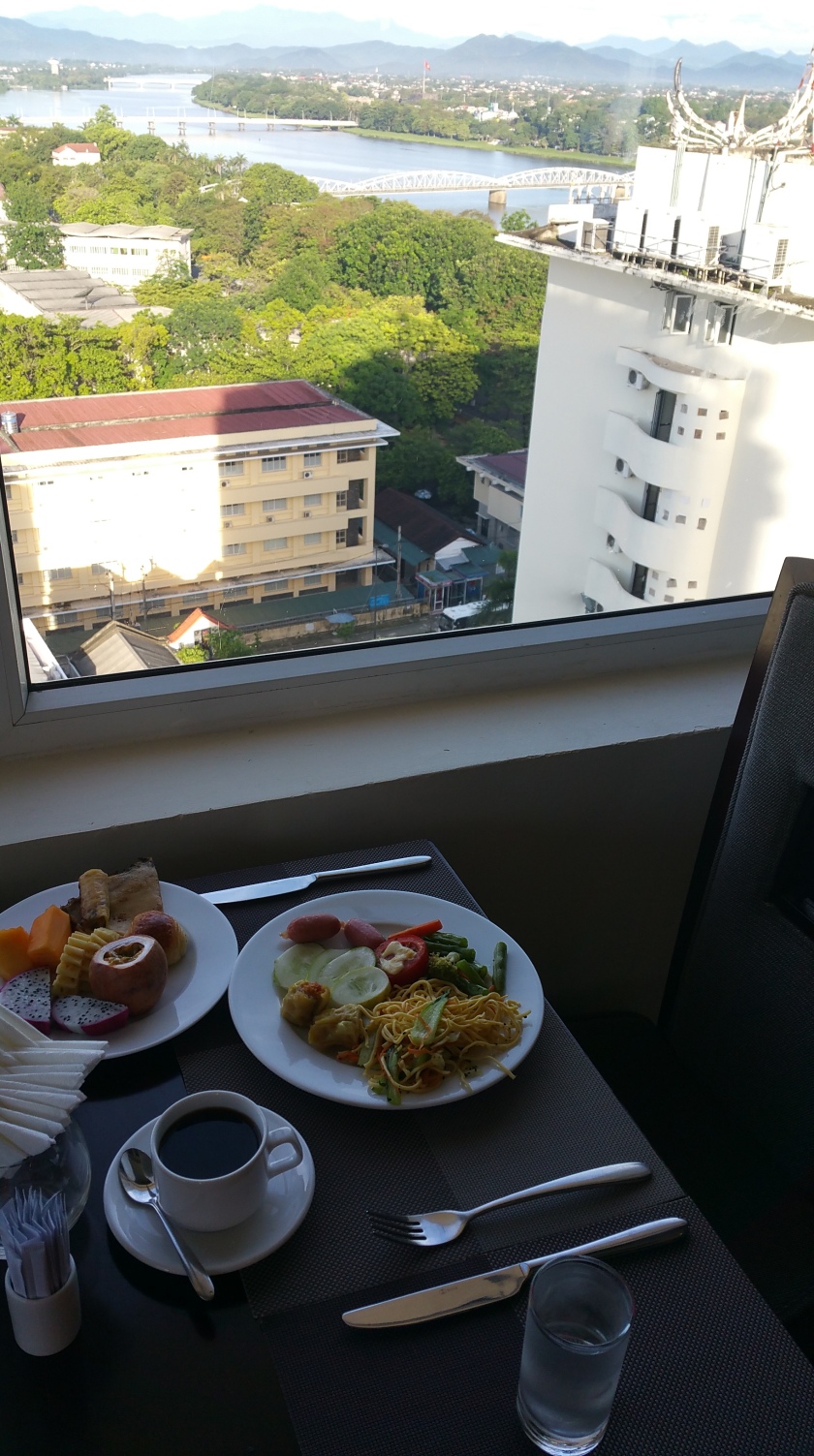
Today we have a new guide, a young man named Nam, who seems very diligent. Right on the outskirts of the city, we saw a lot of aromatic sticks for temples being sold along the roadside, and he asked the driver to stop the car so that we could see how they are made. Of course, the seller immediately started actively persuading us to buy regular souvenirs…
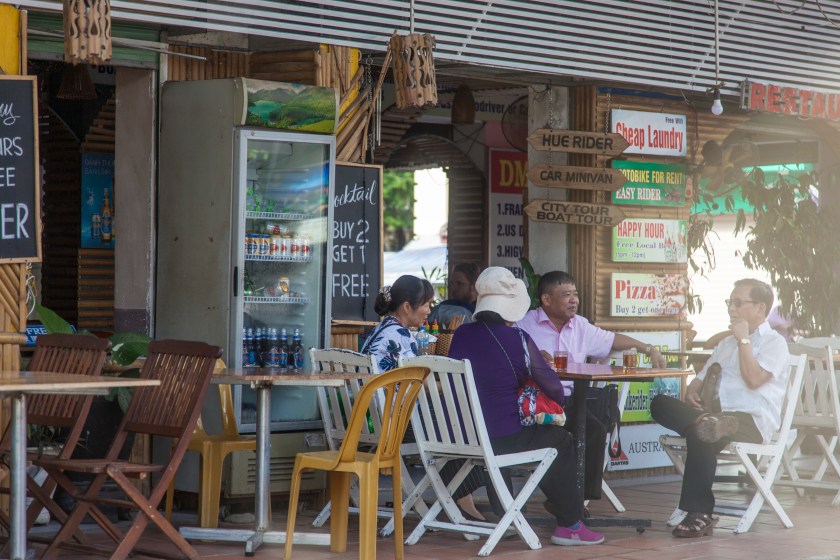
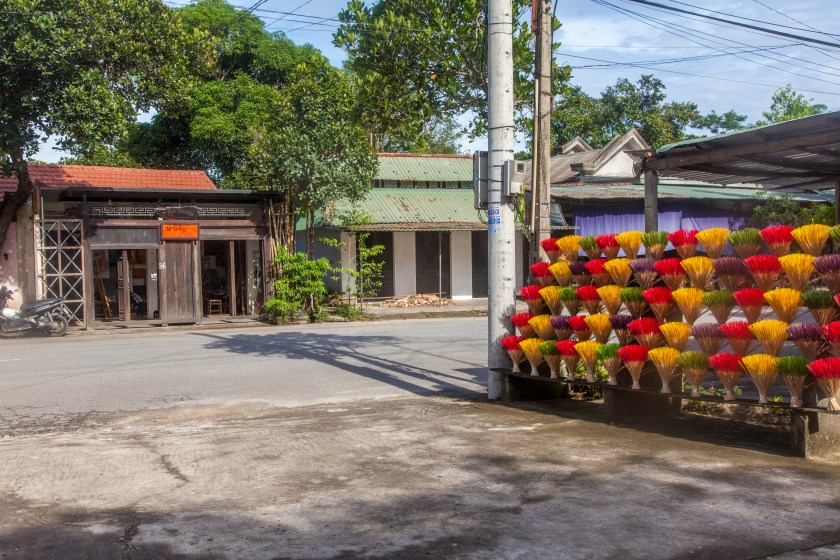
As I said, according to the programme, we had mausoleum visits planned, and the first one was the mausoleum of Tu Duc, who was the fourth emperor of the Nguyen dynasty and the last emperor of independent Vietnam – his successors ruled the French colony already. The presence of the ruling dynasty was perfectly acceptable for the French, since it facilitated the governing of people, so they didn’t get rid of it.
The mausoleum was built when Tu Duc was still alive and is not just a tomb, but in fact a whole complex that functioned as the Emperor’s summer cottage until his death, and later became home to his numerous wives and concubines.
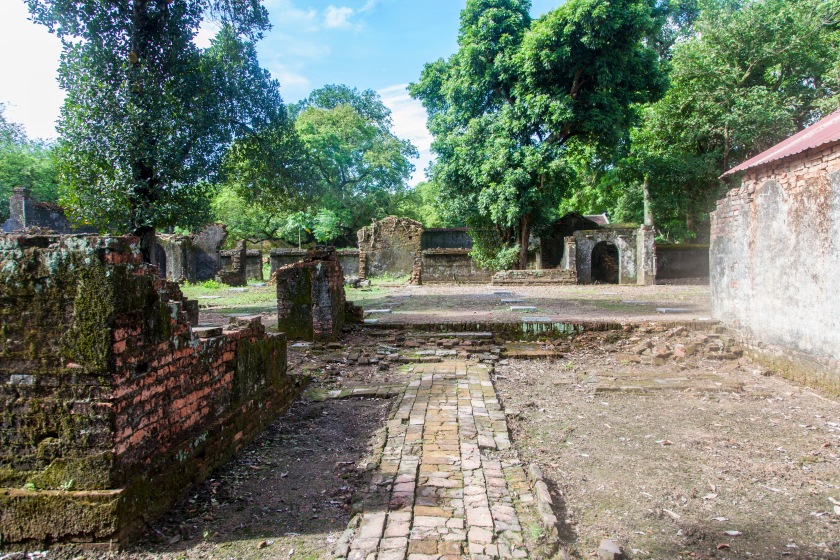
By the way, despite the fact that Tu Duc had a hundred or two wives and concubines, he did’t leave any offsprings, so his nephew inherited the throne after him.
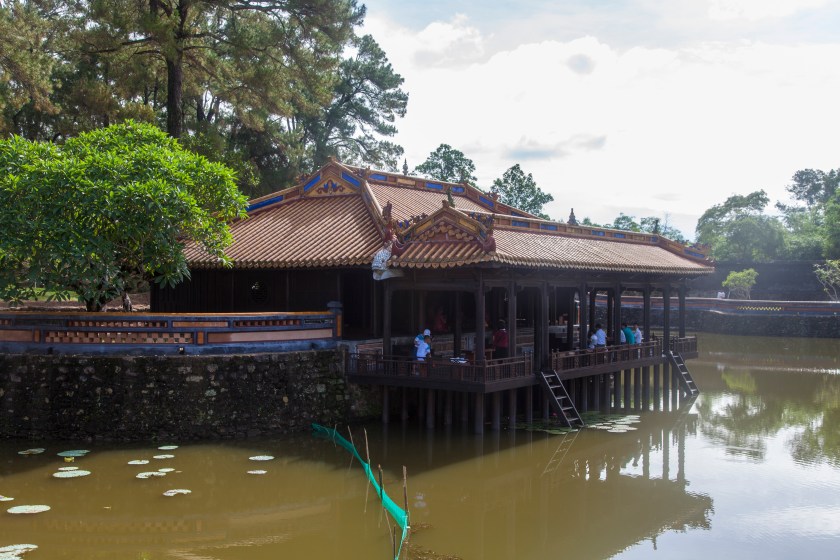
Interestingly, no one knows where exactly Tu Duc is buried in the mausoleum – it would seem logical that if there is a tomb, then that’s where he should be buried, but Nam explained to us that the emperor was clever and, considering the amount of treasures to be buried with him, he ordered to dig numerous tunnels under the territory of the mausoleum and bury him in one of them, so that no one knew where exactly. Nowadays, although with modern technologies determining the exact location wouldn’t be much of a problem, the government specifically decided not to do so.
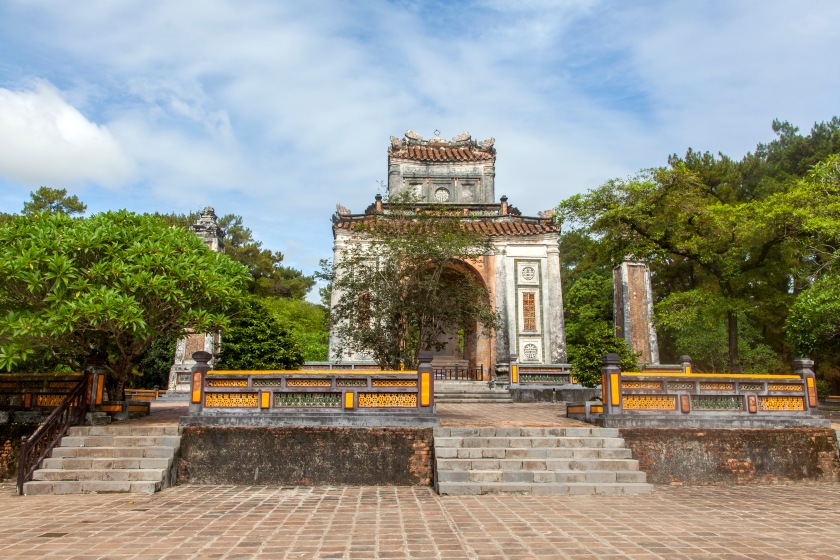
Our itinerary assumed that next we would go see the tomb of his grandfather – the very Minh Mang that I already mentioned in connection with traditional medicine. But Nam pointed out that even though the standard programme includes this mausoleum because of its convenient location, it is too similar to the first one, and, perhaps, we would find it more interesting if we went to see something different. So, he suggested another mausoleum instead, located slightly further – that of Khai Ding, the 12th and the penultimate emperor of the Nguyen dynasty, who ruled in the early 20th century. We agreed.
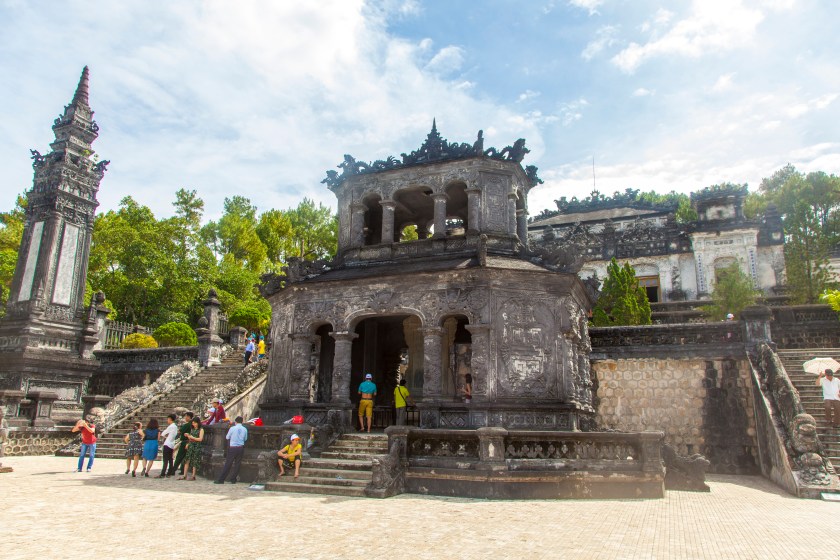
This mausoleum was indeed completely different – the architecture contained mixed elements of both traditional Oriental and European styles. The territory was quite small in comparison with the previous complex, which had pavilions, gardens and a lake, but the mausoleum took 11 years to build, whereas the previous one took only three.
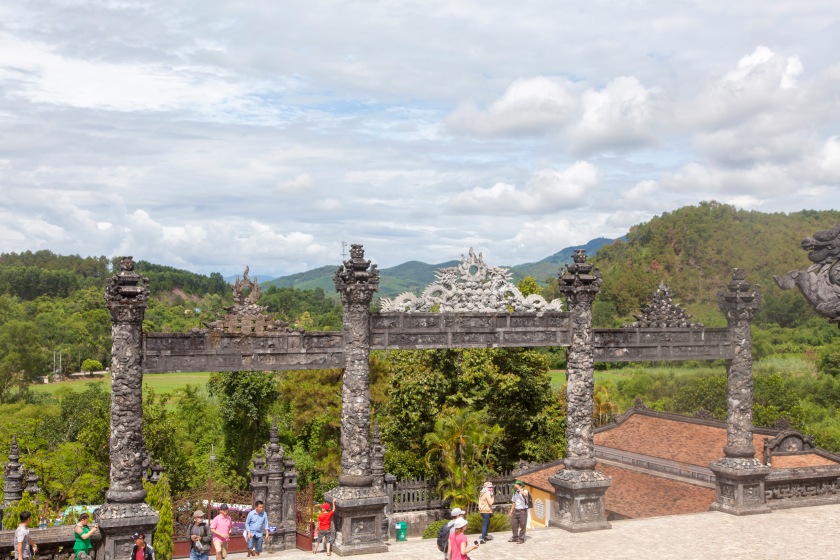
This is not surprising at all, because the tomb itself is truly luxurious: the walls are decorated with various types of ceramics – local Vietnamese, Chinese and Japanese – and the ceilings are painted with 99 dragons, in such way that you can’t track the beginning and end of each.
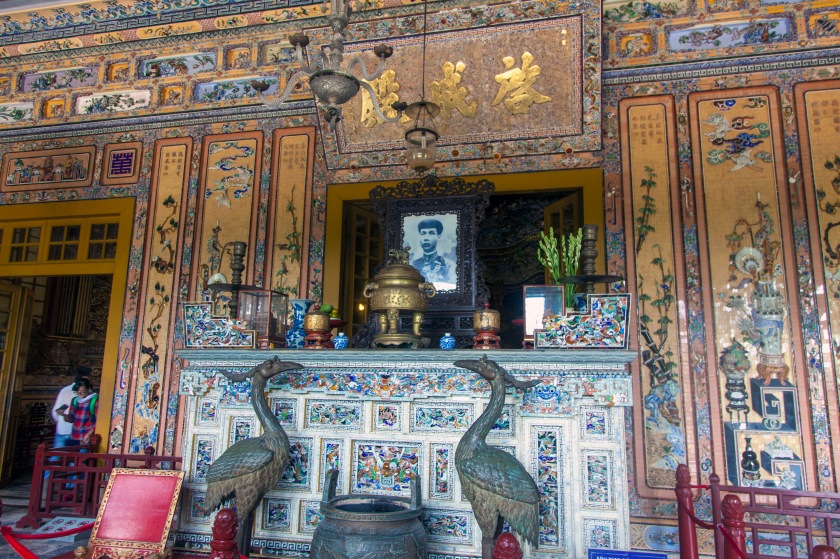
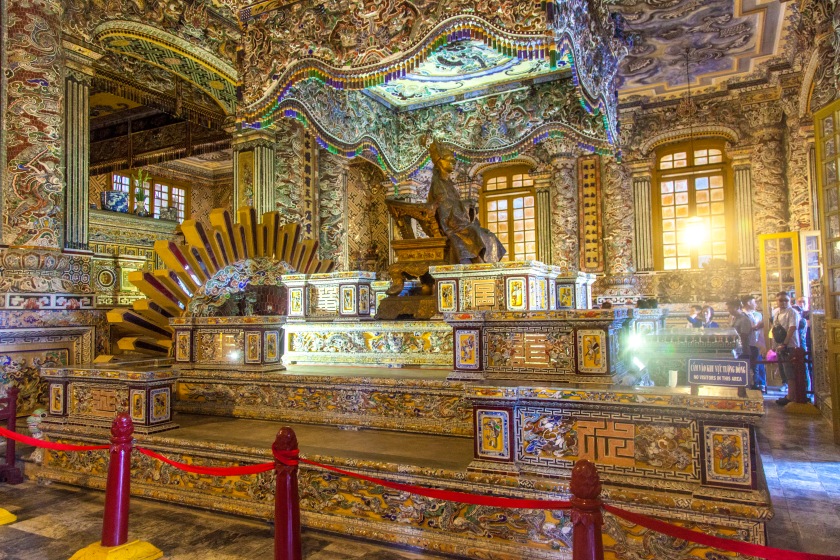
So, the buildings are impressive, I could totally have walked around here for a long time if it hadn’t been for the unbearable heat, which made me want to get back into the car as quickly as possible.
It’s time to say goodbye to Hue and move on, heading to to Hoi An, where we should spend the night. But on the way to Hoi An there is still much to see!
The road started climbing up the mountains, and the places around were becoming more and more picturesque. We stopped every now and then to take pictures, then had a short comfort stop in some roadside cafe, which was part of a family business for production of oysters and pearls – right here, across the road, there was a large shallow lake where the molluscs were bred.
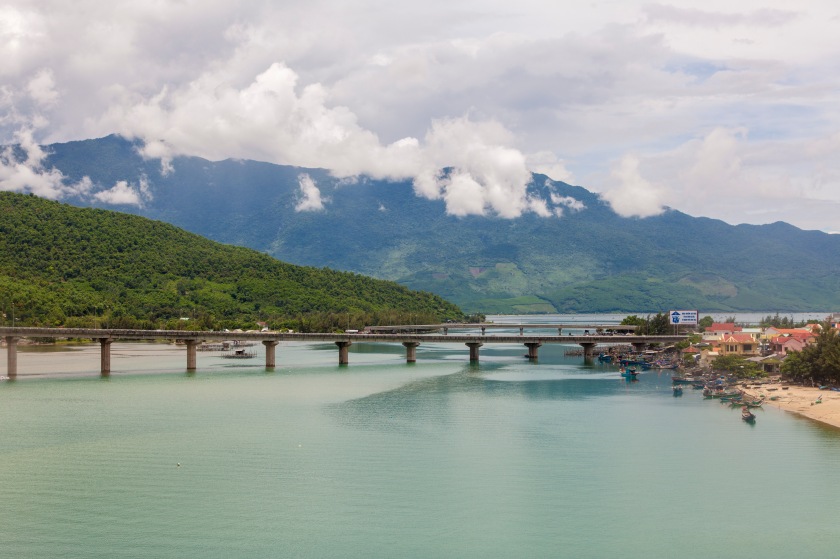
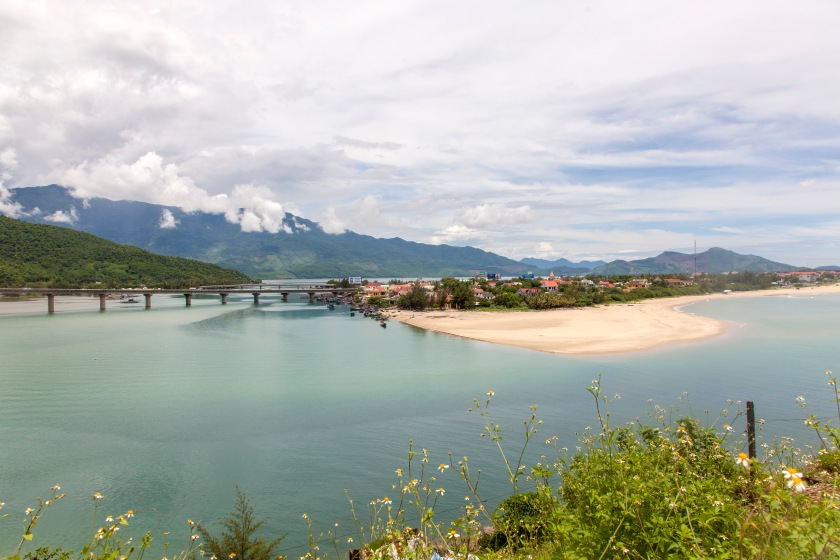
There is actually a tunnel through the mountain, but we drove over the Hai Van Pass instead to enjoy the picturesque views of the green slopes and the sea.
At the summit of the pass we made a photo-stop yet again, as there are some ruins that used to be a French fortress, and later an American bunker.
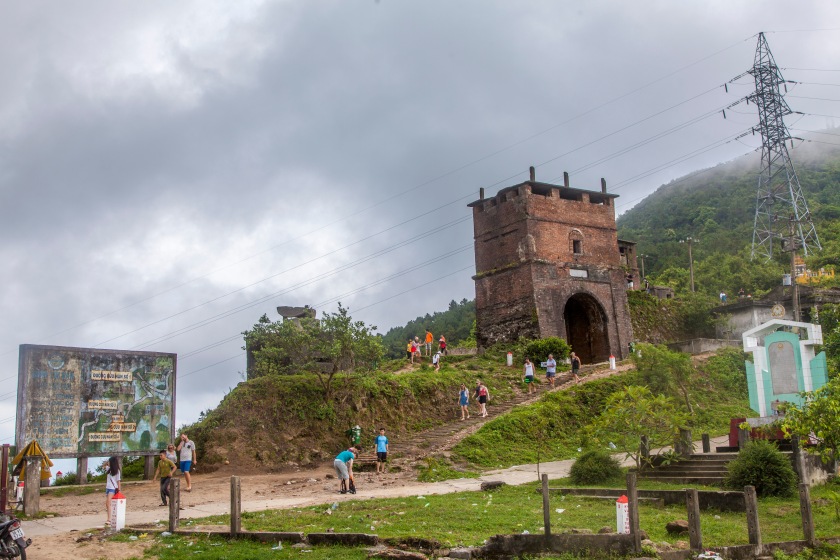
The road from Hue to Danang, where we are going, takes two hours. We don’t stop in Danang itself, but Nam told us that the city is quite new, industrial, and has a large seaport – back in the days, the port was located in Hoi An, where we are heading eventually, but the French transferred it right here.
Actually, back when we were booking our tour, we made a special request to visit Danang, as we wanted to see the statue of Lady Buddha. That is why we were taken to the Son Tra mountain, also known as the Monkey Mountain, where this statue is located. Besides the statue, there is a whole complex with carved gates and the Linh Ung pagoda.
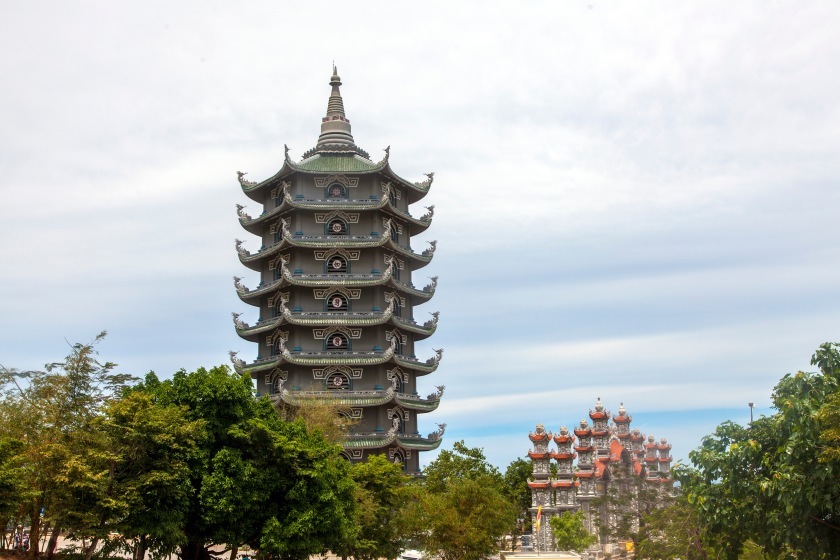
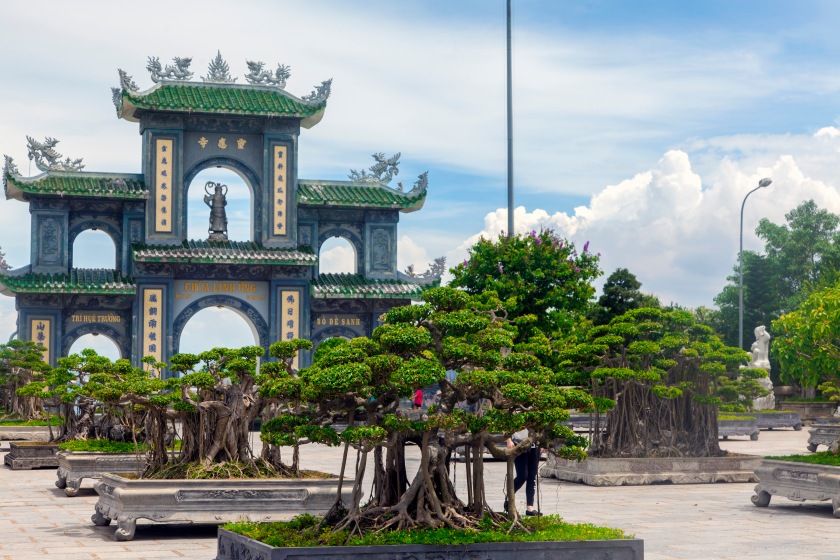
The pagoda is quite new, built in 2010, and the statue is even newer. I must say, Lady Buddha is very impressive, and no wonder: it is 70 metres high, made of a single piece of marble and can be seen from a long distance, almost 35km. It’s facing the bay, since it is supposed to protect sailors – it resonates with the Chinese goddess Tin Hau, perhaps the idea is even inspired by her. I was generally surprised by the idea of a female Buddha, but Nam explained that even though Buddha is a man in Indian Buddhism, in the Chinese version of Buddhism, under the influence of which this temple complex was built, there is also a female Buddha for balance (like yin and yang).
Apart from Lady Buddha, there is also a small Laughing Buddha statue nearby, which is said to bring good luck if you rub his belly. We stand in front of him to take a picture of Lady Buddha, and suddenly we hear loud sounds from the pond, resembling a dog barking, which turn out to be toads croaking!
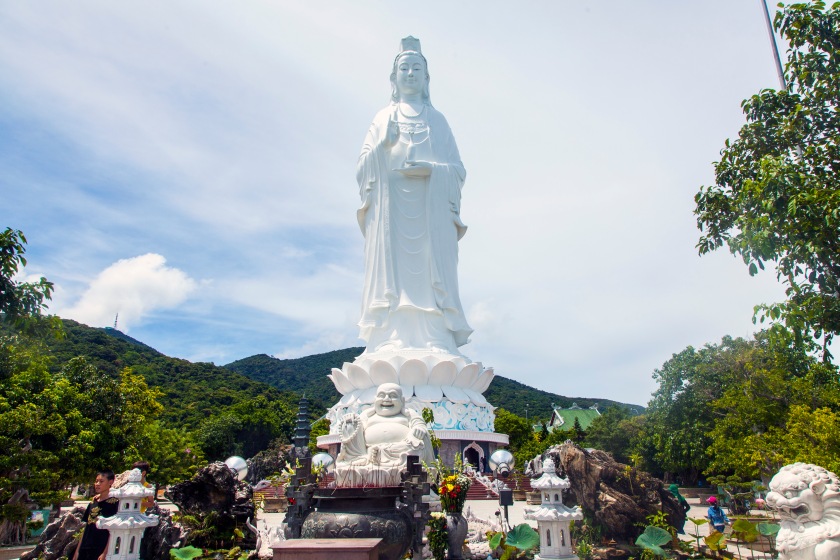
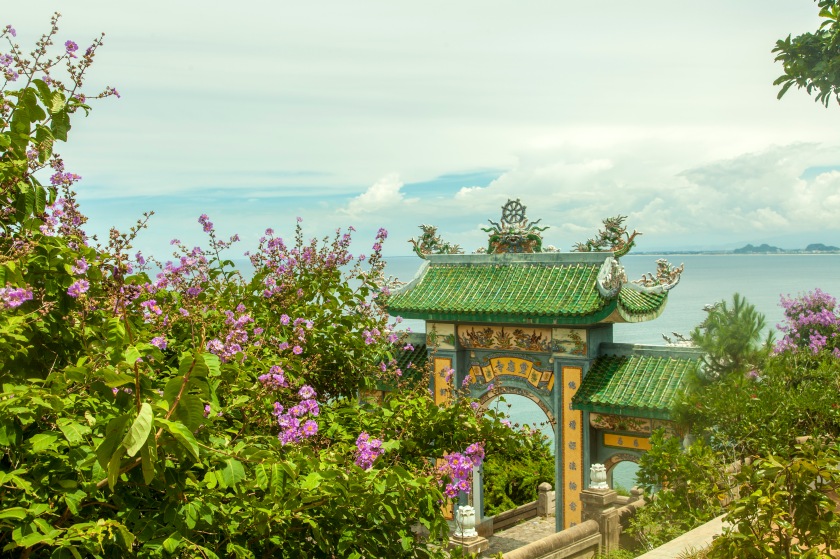
Nam suggested that we have lunch in Danang on our way to the statue, but we were anxious that it might rain like it did yesterday in the pagoda of the Heavenly Lady and ruin the sightseeing experience that we’d been looking forward to from the very beginning, so we preferred to see Lady Buddha first, while the weather was still good (albeit very hot) and have lunch later when we get to Hoi An.
Along the coastline all the way from Danang to Hoi An we saw a huge number of hotels and fancy five-star beach resorts, but even more than the already existing ones were still under construction – clearly, tourism is developing extensively in this region and in the future Danang intends to compete with the resorts of Thailand, Indonesia and Malaysia.
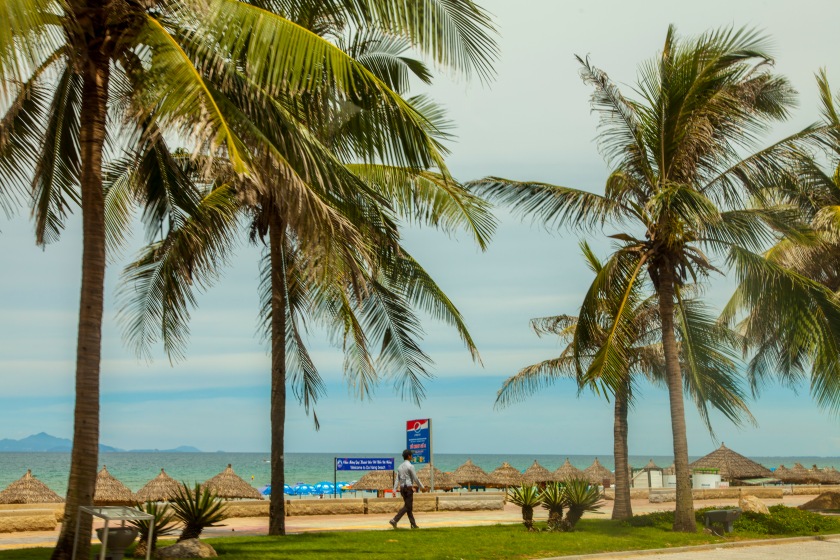
On the way, we made another stop, although our stomachs were already dreaming about food, at a marble factory, which there are quite a few of in Vietnam, and they showed us how marble statues were made. Looking at the statues themselves was actually more interesting than observing the production process: there were smaller replicas of the Lady Buddha statue, other Buddha statues, various animals and mythical creatures, Jesus Christ and the Virgin Mary (10% of the Vietnamese population are Catholics). At the factory we were also very actively solicited to buy souvenirs, but we didn’t like the little figurines that much and the big statues would obviously be quite problematic to buy.
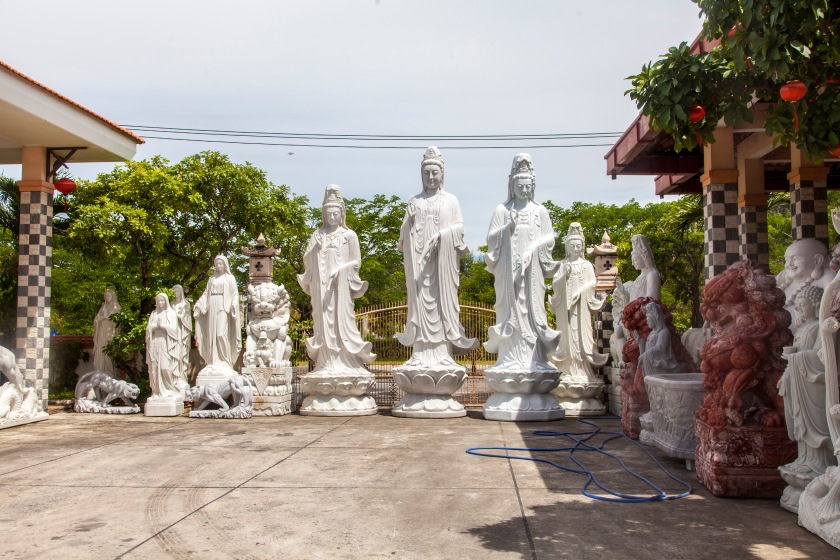
Thank goodness, there were now only a few kilometres separating us from our desired lunch, and finally we stopped at some roadside restaurant. First, for some reason, we had pretty low expectations of the restaurant – probably, because it was located right next to the noisy highway and, since the owner was apparently working in the kitchen by himself, the service wasn’t too prompt – but then we were served delicious salads and grilled fish, and also treated with orange slices and chewing gum when we asked for the bill, so our opinion of the restaurant made a complete U-turn.
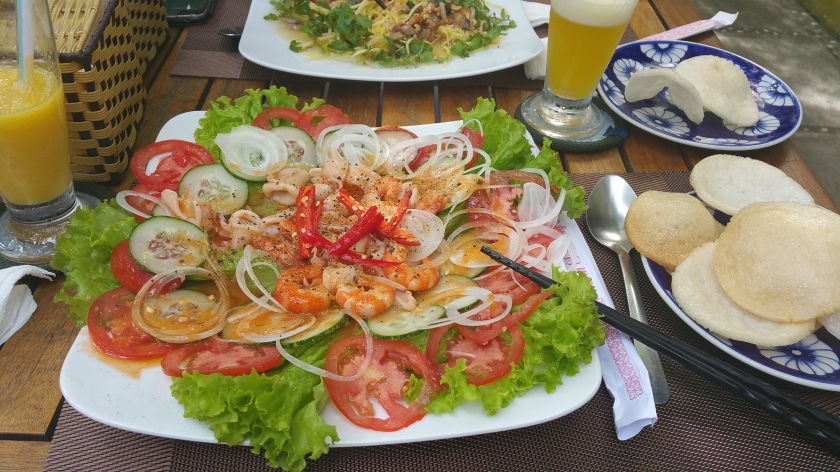
What Nam told us about Hoi An was that it is an old trading city, where the big seaport was located between the 16th and the 18th. Trade with China, Japan and European countries was conducted through the port, which is why there were many Chinese and Japanese living here.
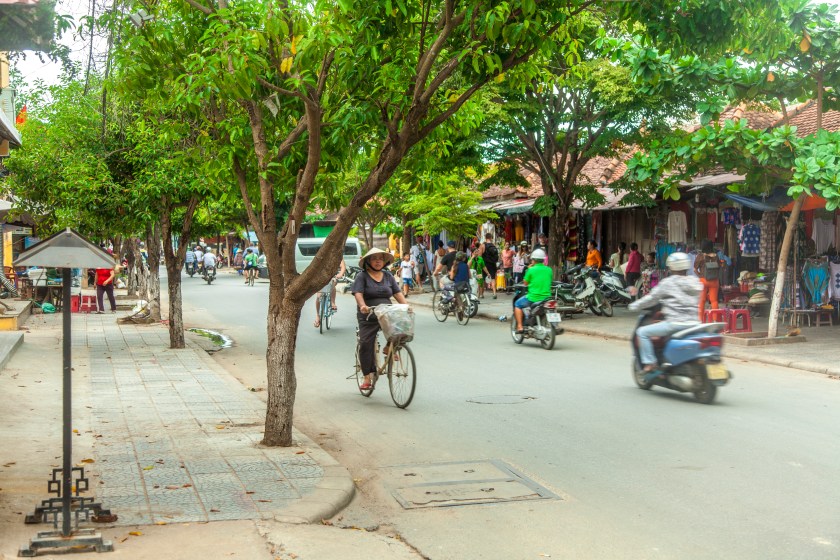
The city is famous for silk production, so we made yet another stop, this time at a silk factory. Here we saw all the stages of silk production – first some gross white worms swarming among mulberry leaves, then the cocoons, and then the thread and the finished fabric. Right at the factory, there is also a store selling ready-made fabrics and clothes and you can also order something from a tailor and get it ready the next, or even the same day. Generally in Hoi An, as we noticed, many ateliers provide similar services.
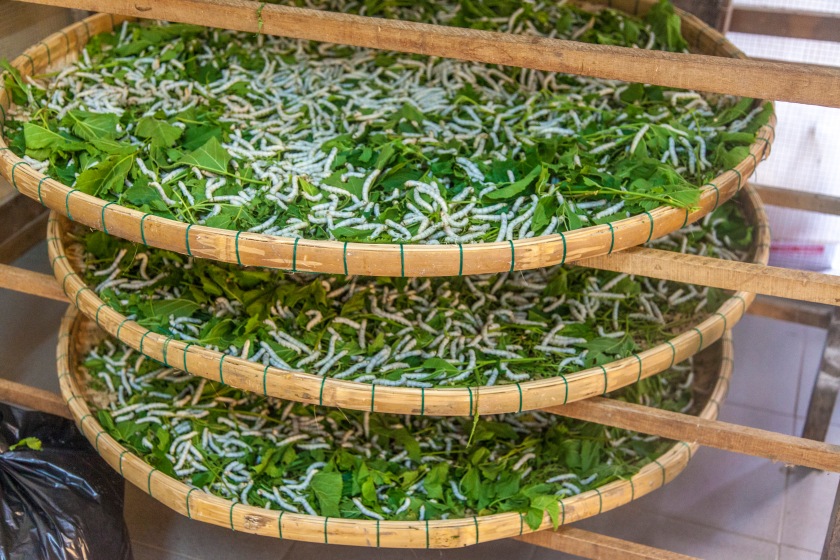
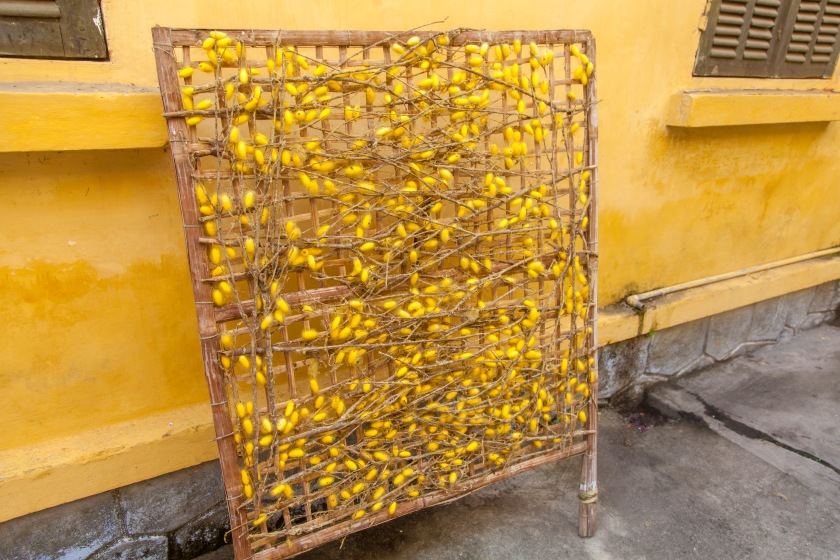
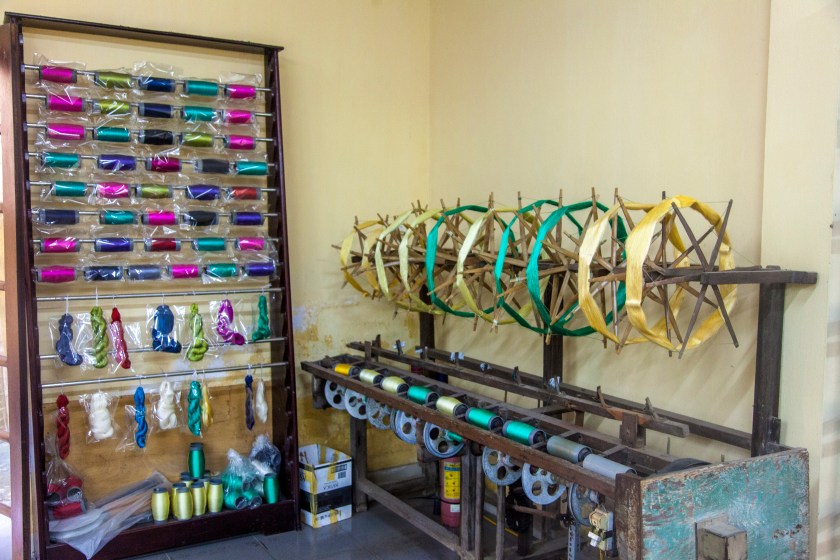
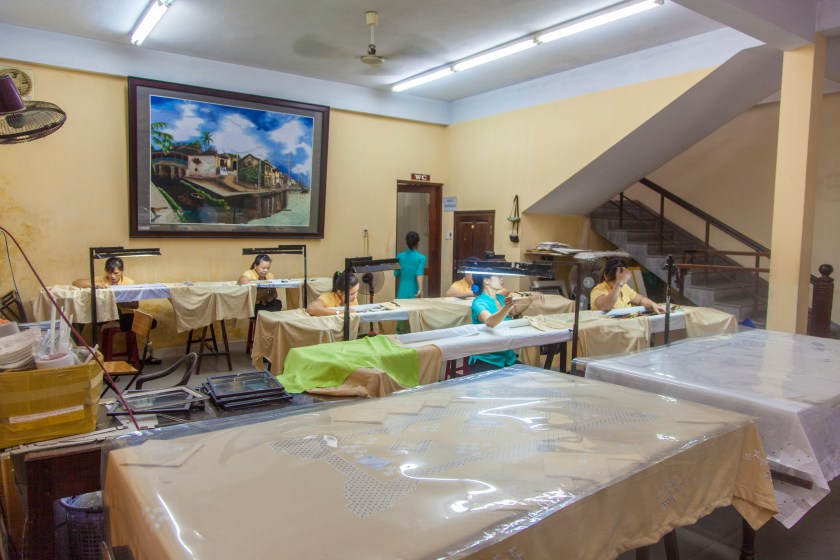
Finally, we got to the Little Hoian Central hotel, which turned out to be a pleasant surprise for us. The hotel is a three-star one, but cannot even be compared, for example, with London three-star hotels, where you get a tiny room and a rather meagre breakfast – this one has an outdoor pool and a spa, the room is huge, with a balcony, and the interior is in the typical Asian Colonial style of the 19th century: even the phone and the plumbing are stylised.
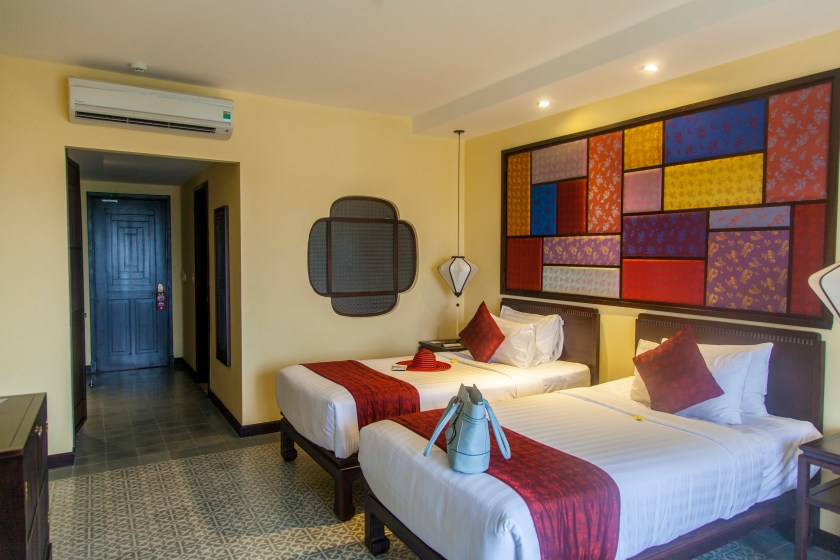
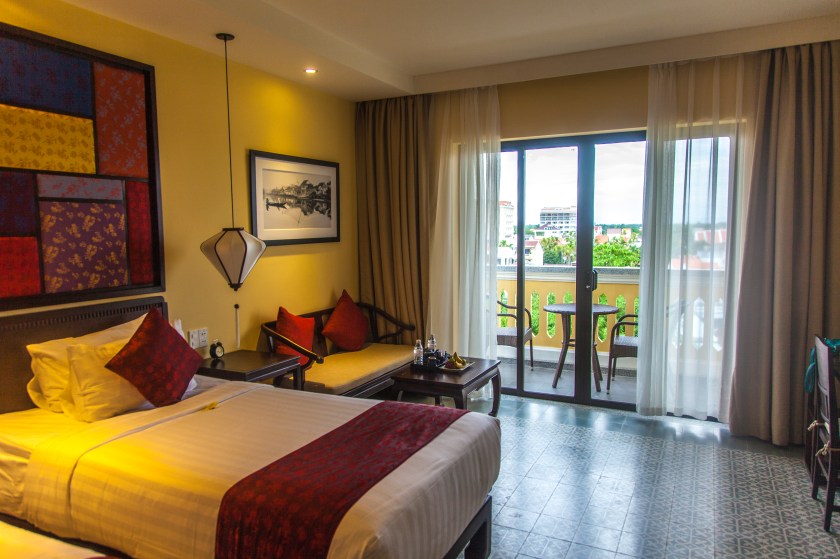
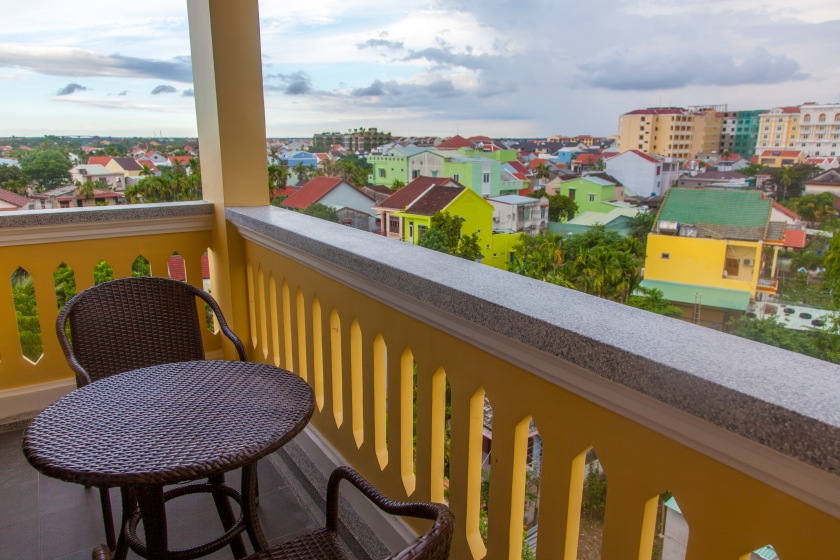
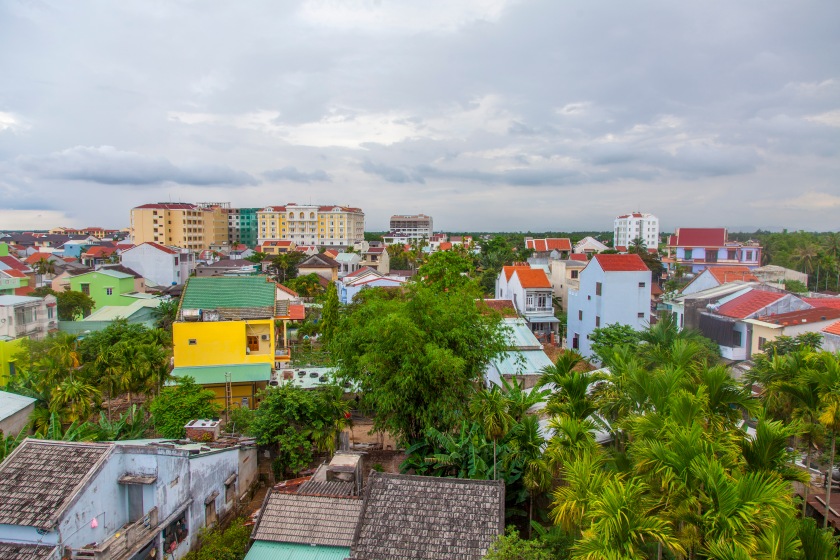
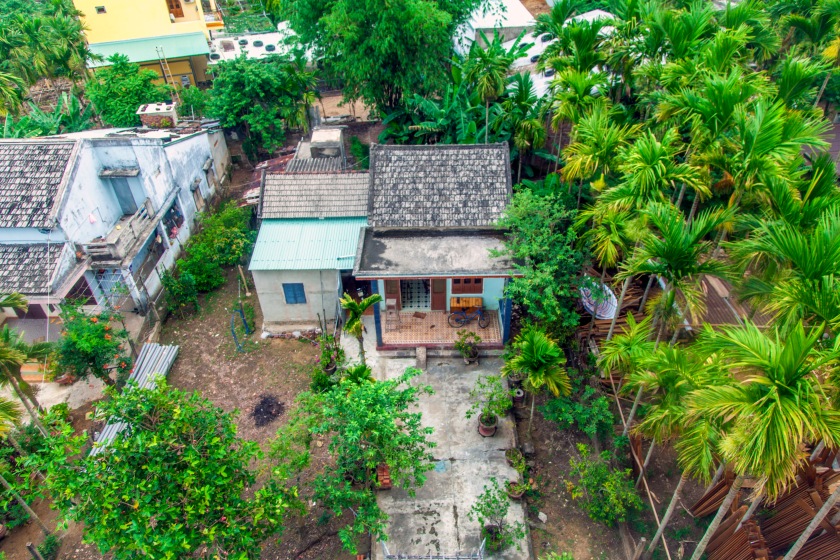
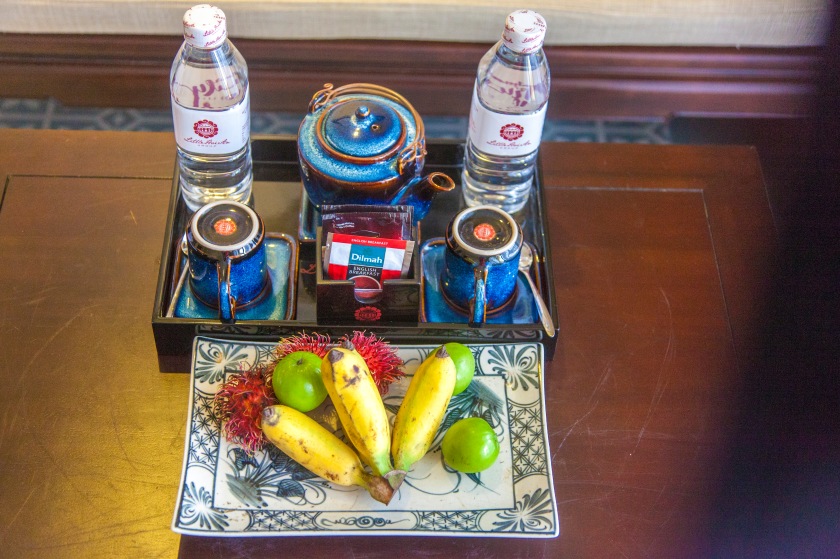
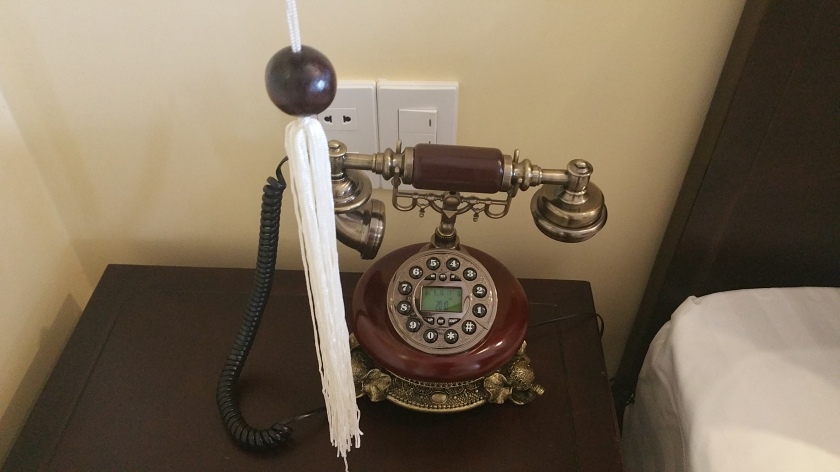
Since we were extremely tired, the pool and the spa came in really handy: first we washed off all the fatigue in the pleasant water, and then once again went for a wonderful massage.

We had the evening free, so we made a sortie to the Old Town. One of Hoi An’s features is silk lanterns, and the whole Old Town is decorated with them, which makes it look particularly cool in the evening. The Old Town is only accessible to pedestrians and cyclists, and boy is it great to finally relax from these chaotic scurrying scooters everywhere! The zone is clearly very touristy, and there are mostly shops selling souvenirs, silk clothes and lanterns. The crowd is very thick, there are lots of foreign tourists, and even more local ones: it’s summer now, children have holidays, so many families travel around the country.
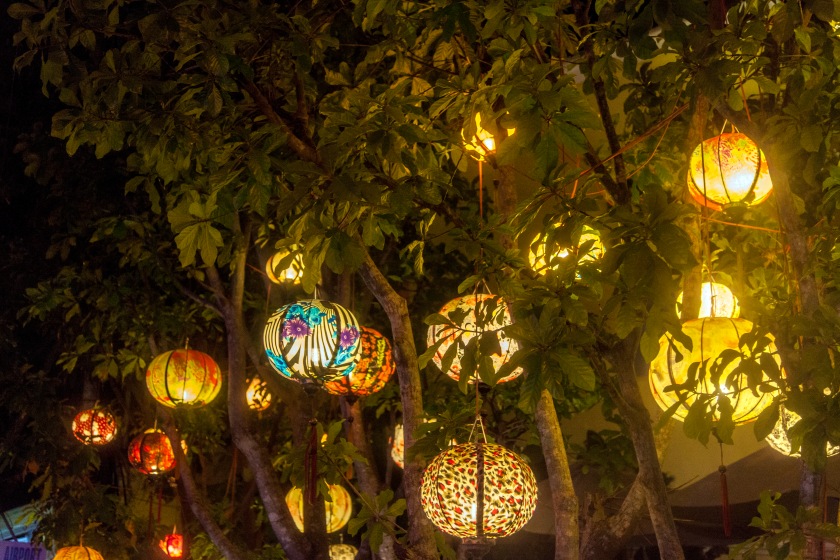
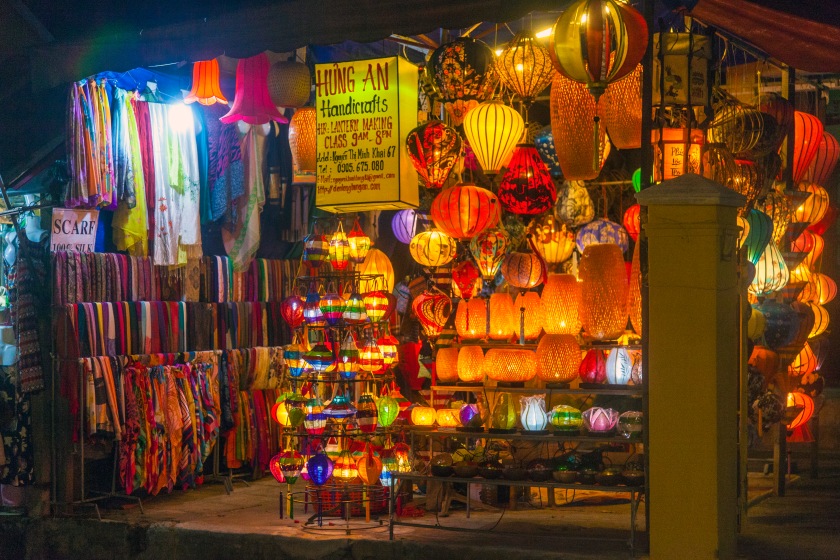
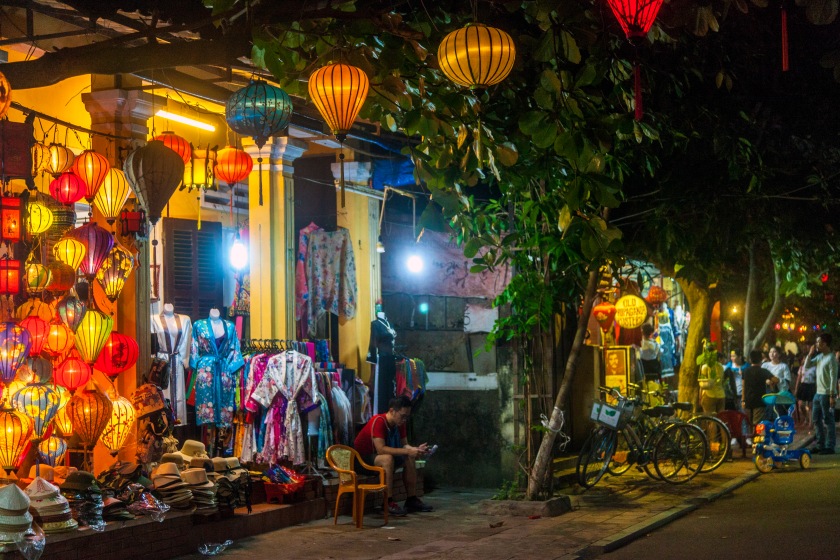
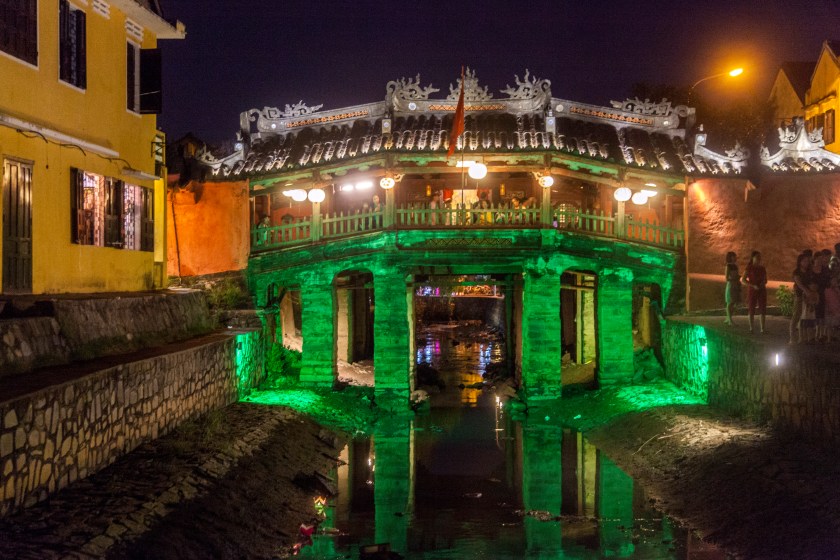
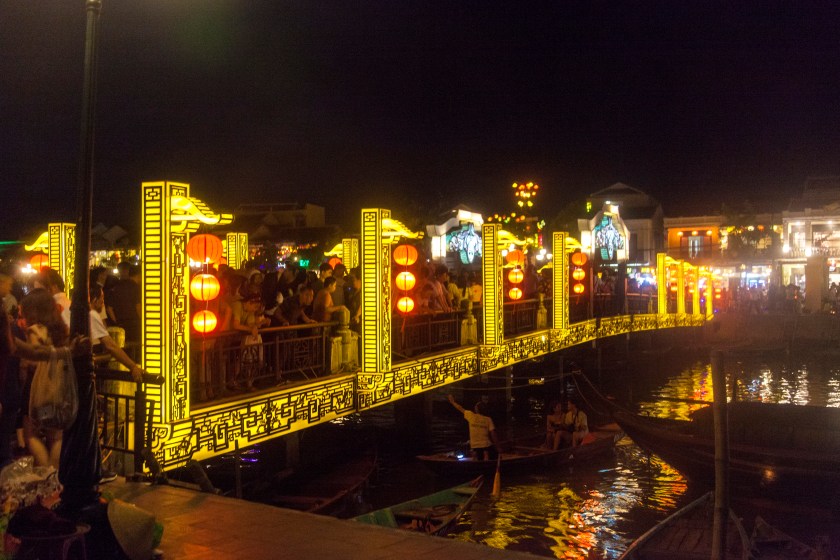
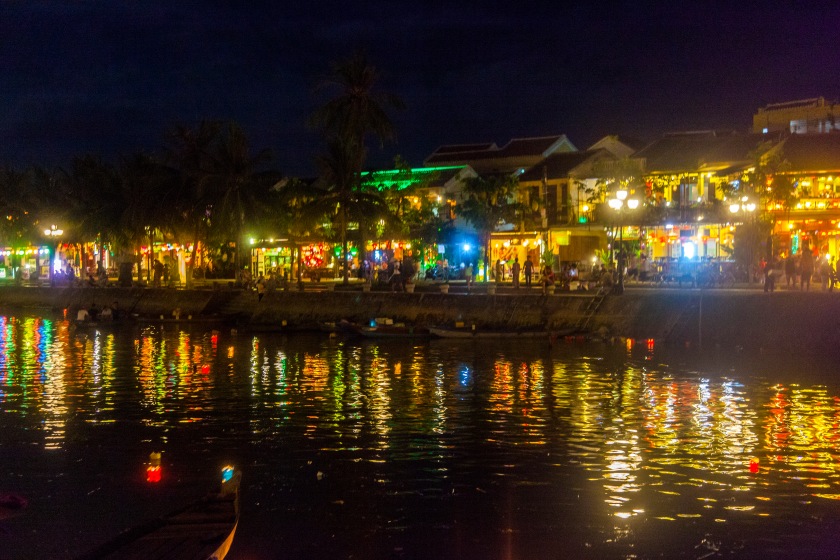
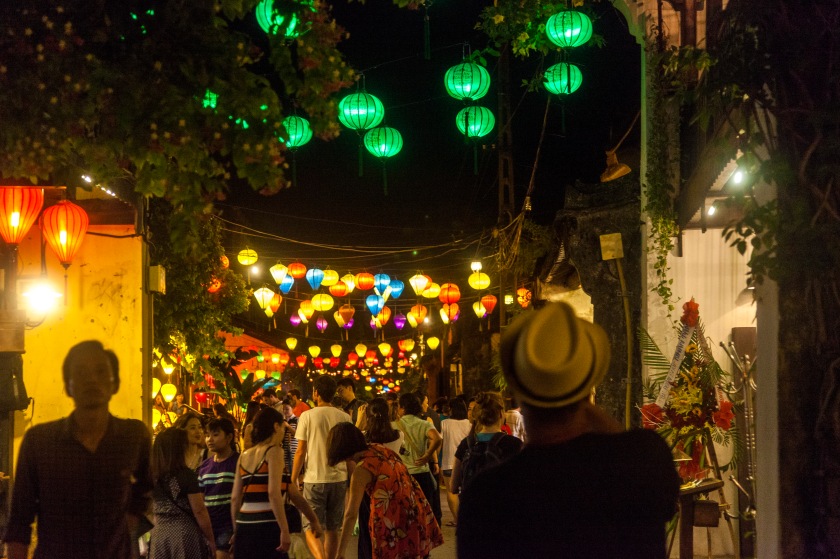
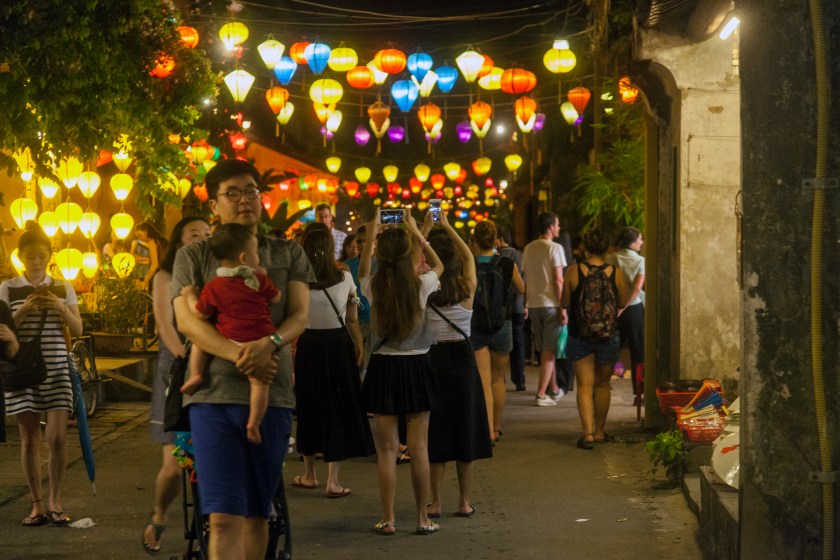
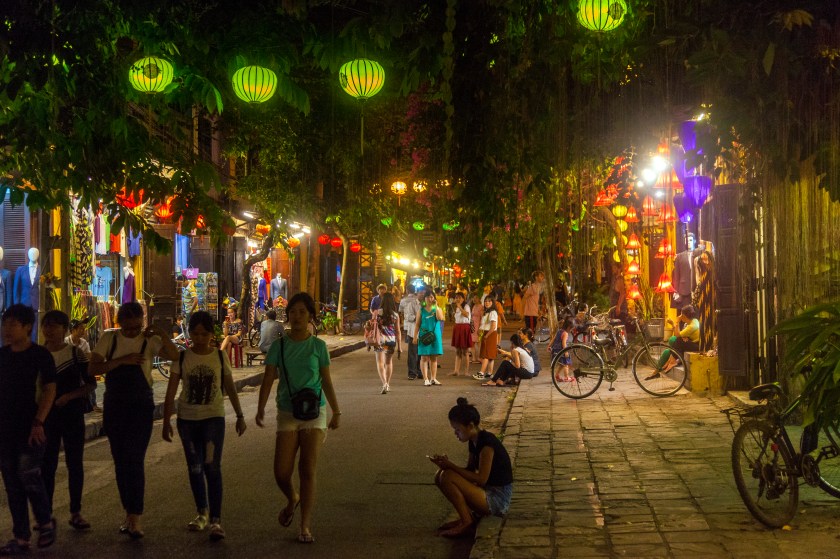
There are also plenty of cafes and restaurants, and we decide to have dinner in one of them, attracted by the nice view of its outdoor seating area among bamboos. It was a good choice – we ordered grilled fish again, and mine was wrapped in banana leaves and incredibly tasty. Plus we were entertained by lovely music: there is an international choir competition happening now in Hoi An, and the performance took place right in the street near our restaurant.
